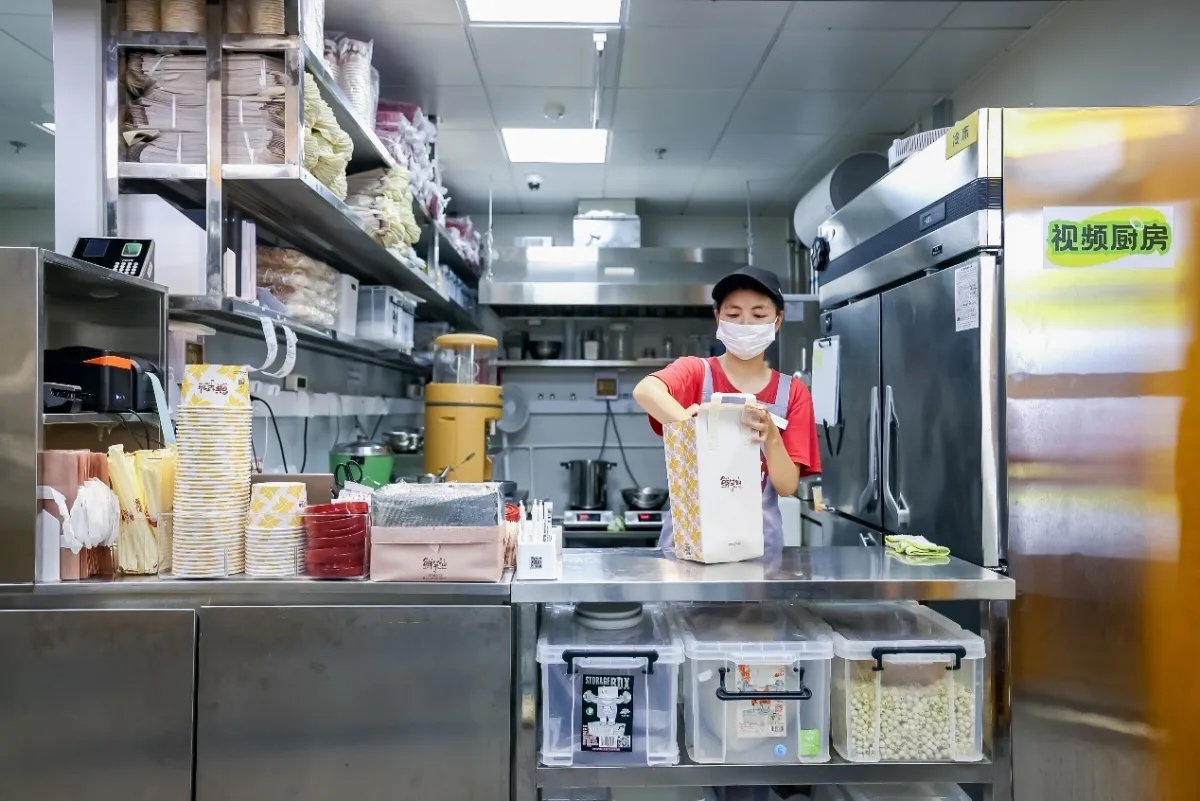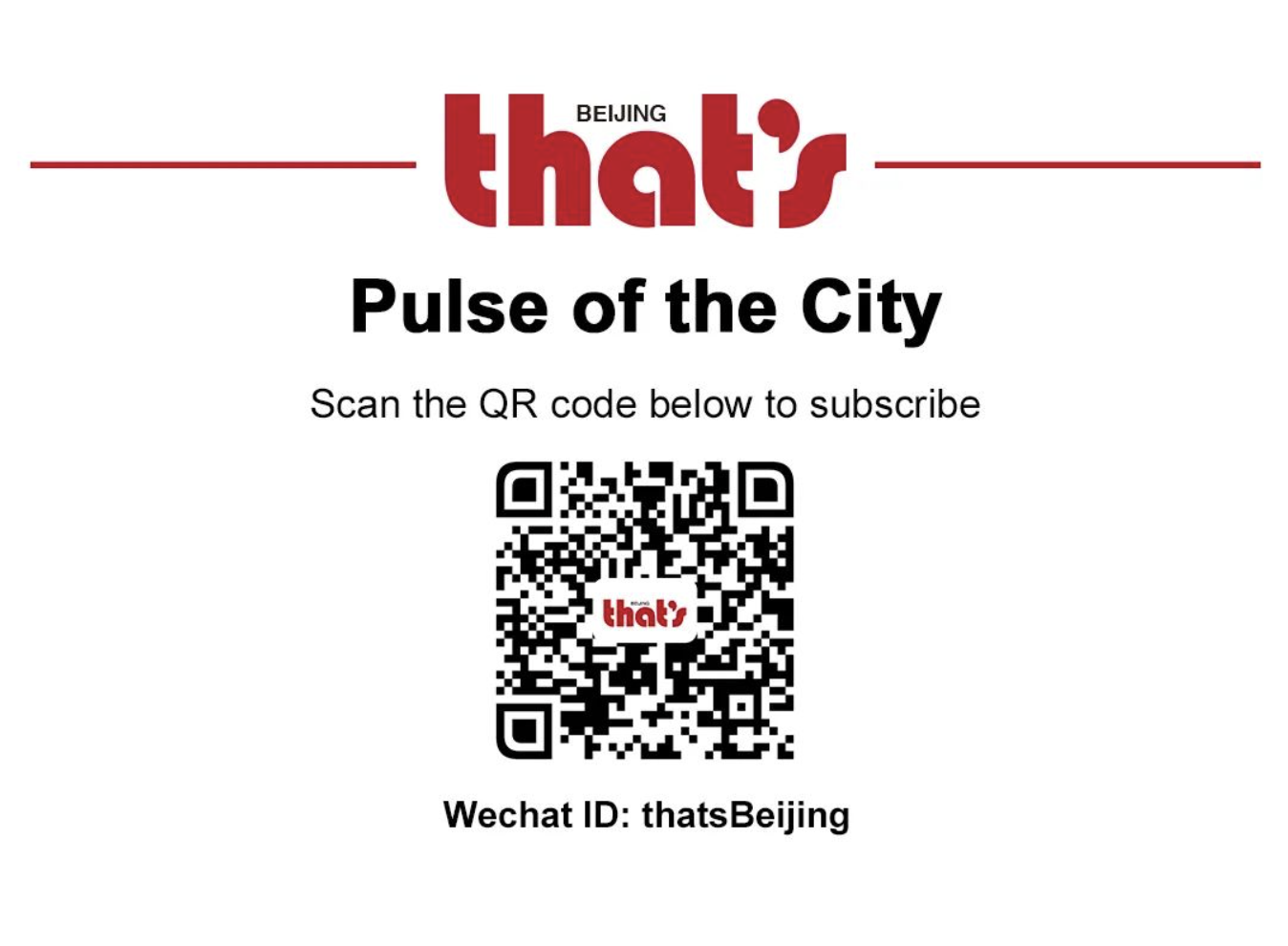Meituan and JD.com are once again revolutionizing China’s delivery industry as the two instant commerce giants begin building thousands of centralized kitchens in cities with high online demand for local food orders.
Centralized kitchens, also called shared kitchens, are commercial cooking facilities made up of numerous ghost kitchens all operating under one roof and sharing food preparation spaces.
Ghost kitchens, also known as cloud kitchens or dark kitchens, are dedicated solely to preparing food for delivery or takeout orders.

Image via Fortune
Unlike traditional restaurants, they don't have a dining area, storefront, or waitstaff. Instead, their menus are exclusively available through online ordering platforms, such as third-party delivery apps or their own websites.
By eliminating the need for renting a dining room, purchasing decor, and paying front-of-house staff, ghost kitchens significantly cut down the overhead costs.
Ghost kitchens can also more easily track demand and customer satisfaction through the online orders and comments, allowing them to optimize menus and adapt to changing customer preferences more easily than traditional restaurants.
To ensure consumer trust and address food safety concerns, Meituan has said that the restaurants they partner with will be expected to live-stream kitchen operations to consumers on their app.

A staff member packing an order on the live stream of a ghost kitchen. Photo via Meituan
Meituan currently runs 10 centralized kitchens in Beijing and Hangzhou, and they have announced plans to launch 1,200 more over the next three years.
JD.com has released plans to invest RMB 1 billion into recruiting ‘cuisine partners’ as part of their plan to open 10,000 7Fresh Kitchens – JD.com’s new restaurant concept and an extension of the existing 7Fresh Supermarket brand.
Ghost kitchens have already been quietly revolutionizing the food delivery ecosystem in Beijing and other major Chinese cities.
Now with JD.com and Meituan investing so much in the newest phase of their delivery rivalry, the industry is quickly moving towards tighter control over the food supply chain and a greater dependence on technology to enhance – or control – the customer experience.
[Cover image via TechTechChina]


















0 User Comments